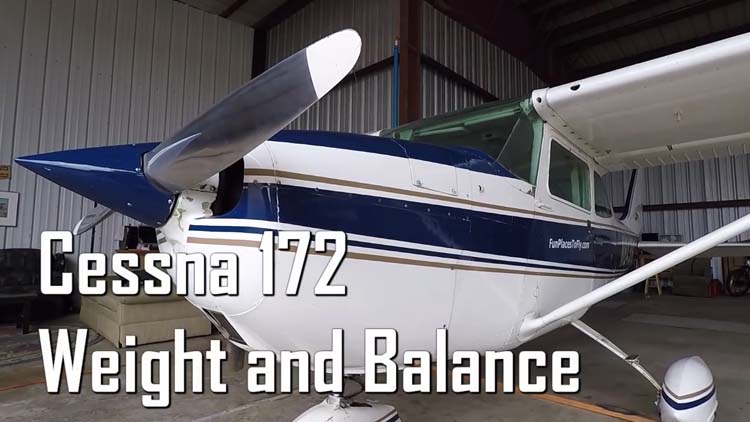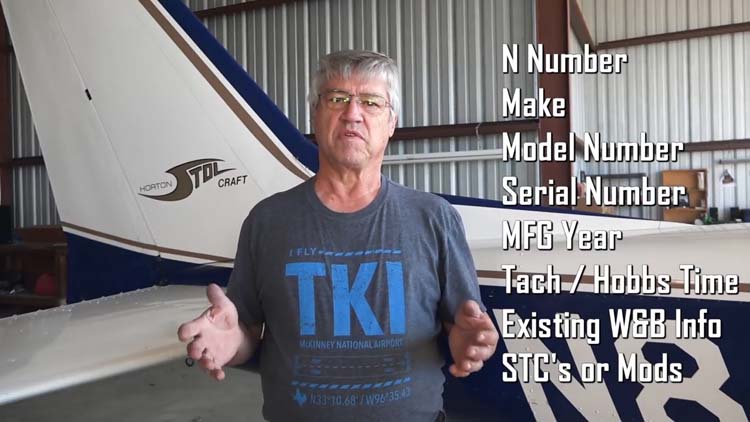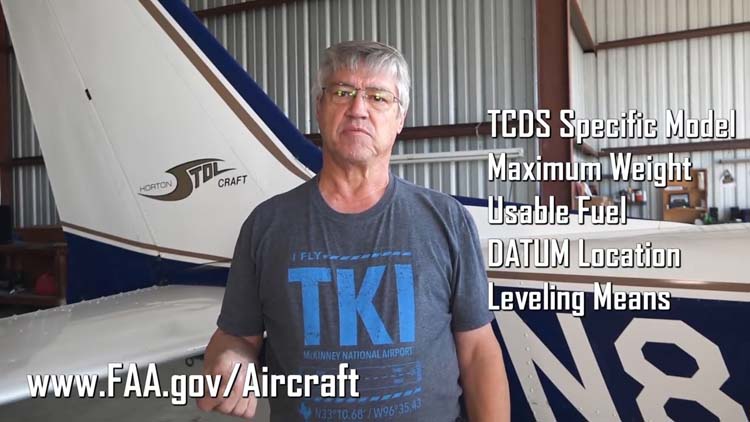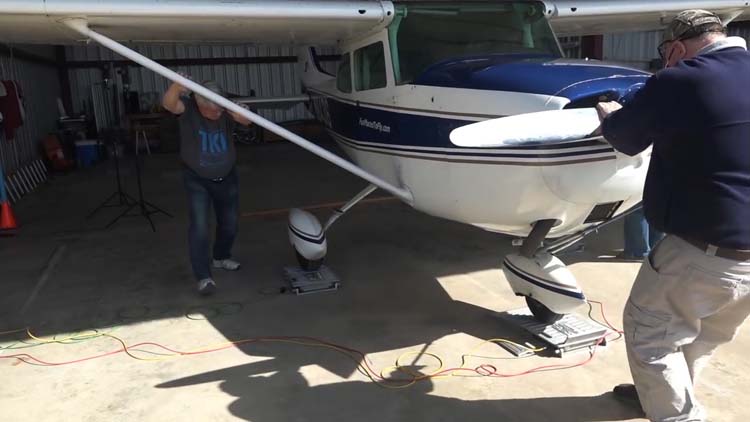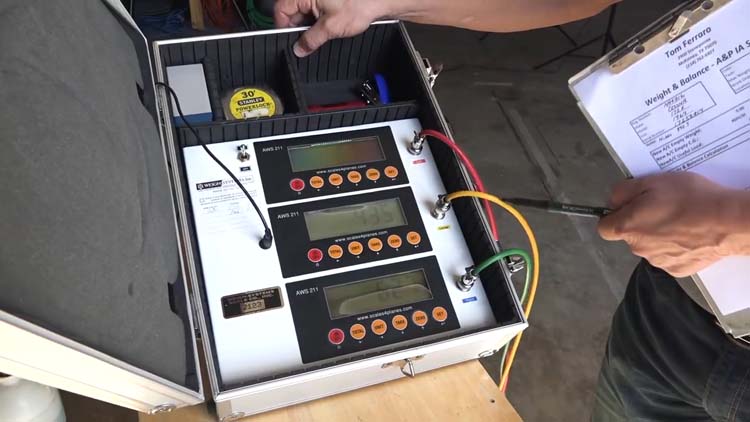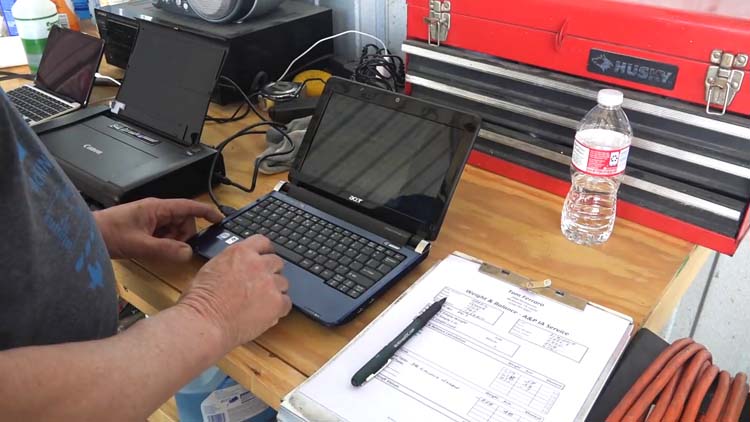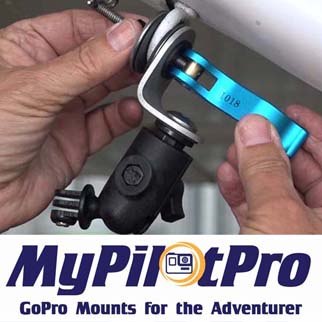* Add an Aviation Event!
* Add a Favorite Place to Fly!
This website contains Affiliate Links. Also, all destinations and events listed on this website were provided by visitors to our website. If you decide
to fly or drive to any destination listed, you do so at your own risk. Please see our disclaimer.
* Add a Favorite Place to Fly!
|
SHARE ON:
|

Camp out with Your Airplane!
Compact and Light Weight Essentials for Airplane Camping!


